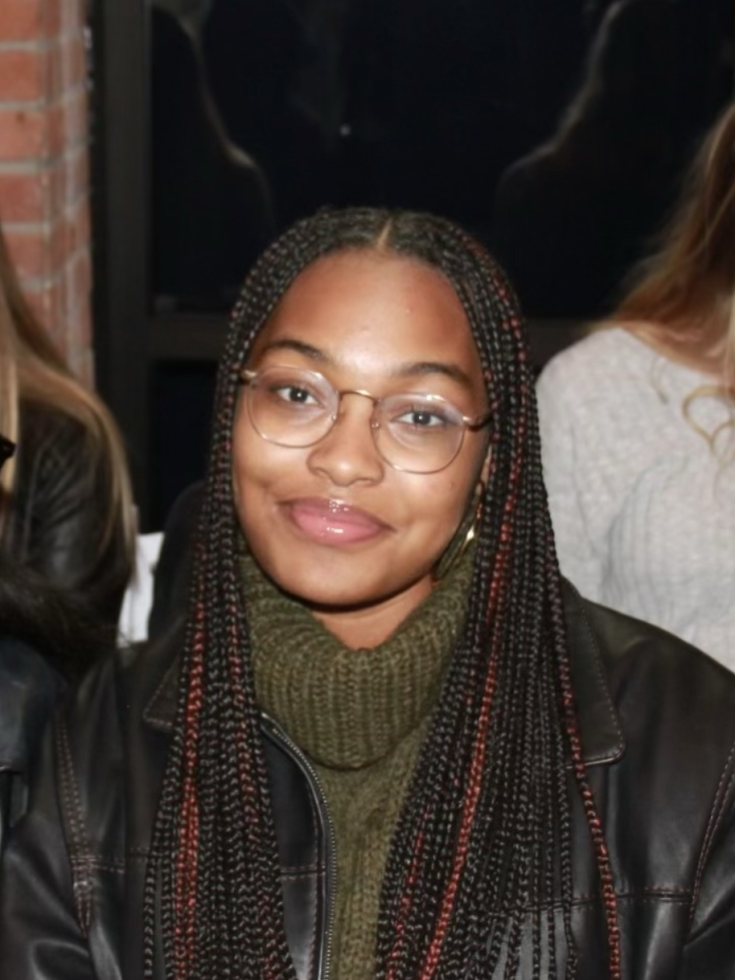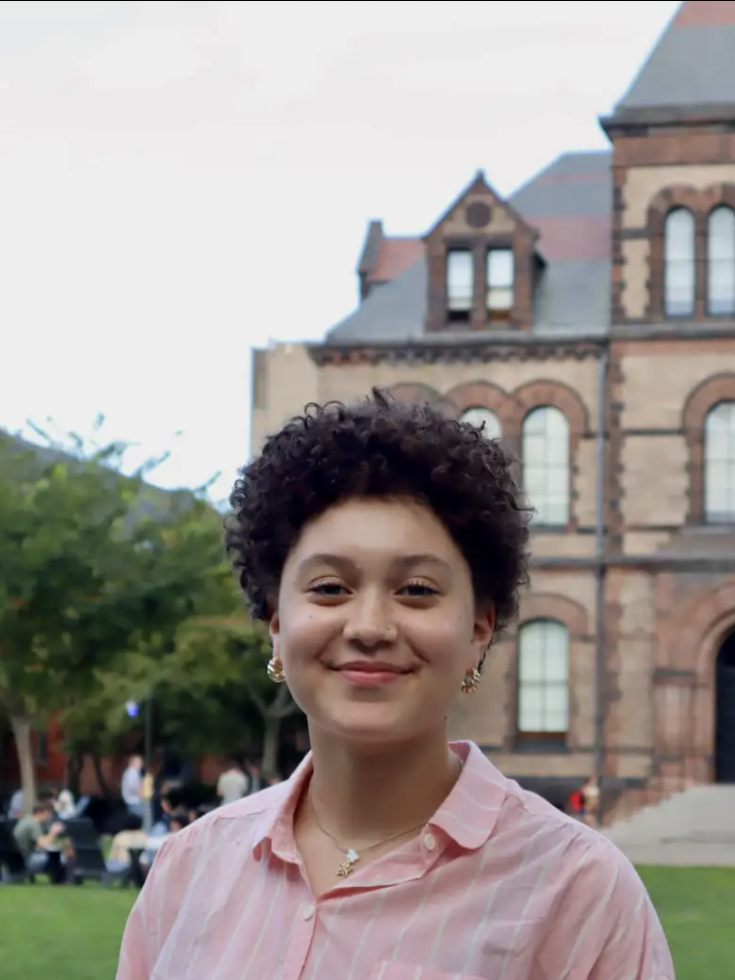Students serve as environmental problem-solvers in ENVS 0110
IBES' signature class, “Humans, Nature, and the Environment,” bridges the gap between classroom learning and real-world solutions, connecting first- and second-year students with local organizations to address pressing environmental issues.
Members of Pawtucket's George Wiley Center, many of whom were already living with serious illnesses like COPD and cancer, faced worsening health conditions during extreme cold or heat. Compounding the issue, they were not receiving the energy assistance they were legally entitled to under state law. That’s where students of IBES’ ENVS 0110 course stepped in.
In collaboration with the center, students helped to improve communication with medical providers and build awareness around available resources.
We worked to inform individuals about their rights and engaged medical providers to help bridge the information gap. We also created a public service announcement for medical providers – in both English and in Spanish – that features trial testimonies from members of the George Wiley Center.

Outside-the-classroom learning
At Brown, the journey into an environmental studies education begins with more than textbooks and lectures. In ENVS 0110: “Humans, Nature, and the Environment: Addressing Environmental Change in the 21st Century,” first- and second-year students dive headfirst into real-world research, addressing environmental issues alongside local organizations.
Since the 1990s, ENVS 0110 has been a transformative experience for students, offering them hands-on opportunities to work on meaningful environmental projects in the community. Under the guidance of Lecturer Leslie Acton, students explore how human actions shape the environment and vice versa. The course connects them with local groups tackling immediate issues related to climate resilience, energy equity, and natural resource management, allowing them to apply classroom learning to tangible, on-the-ground impact.
“The course provides a framework for students to understand how people and the environment interact,” says Acton. “They not only learn the theory, but they also see how their applied research can contribute to real-world solutions.”
Students taking action locally
Along with fellow student Faith Matthew, a cohort from the fall 2024 class worked with the George Wiley Center to address energy access issues in Rhode Island. They analyzed the disparities between energy rates for public and private utility customers, ultimately proposing that public utilities provide more affordable options for local residents.
Students also engaged with Martha’s Vineyard residents to explore regional approaches to climate resilience and public services. By examining similar efforts in other regions of Massachusetts, the group recommended strategies to streamline governance and increase collaboration across the island’s six towns.
It makes sense to regionalize climate resilience initiatives. We learned about the complexities of Martha’s Vineyard and the importance of community outreach in creating informed decisions about climate policy.

A truly hands-on education
“The course encourages students to look beyond the classroom and get involved in real-world projects,” says Acton. “The fieldwork may not always be glamorous, but the work students do in the community can make a tangible difference in pushing forward environmental progress.”
As IBES celebrates its first decade, the course remains a central component of the institute’s commitment to prepare students for meaningful careers in climate, sustainability, and the environment. It is one of the many ways IBES continues to champion engaged scholarship, providing students with the opportunity to make a direct impact on both local and global environmental challenges.
“ ENVS 0110 gives us students a push to interact more with the Providence community. We got to see people who were getting helped by the organization we were partnered with and the difference we were making. ”
IBES Celebrates 10 Years
Founded in 2014 and built upon a long legacy of visionary environmental scholarship at Brown University, the Institute at Brown for Environment and Society (IBES) drives equitable and scalable solutions to the most complex climate and sustainability challenges of the 21st century through education, research, and cross-disciplinary partnerships.